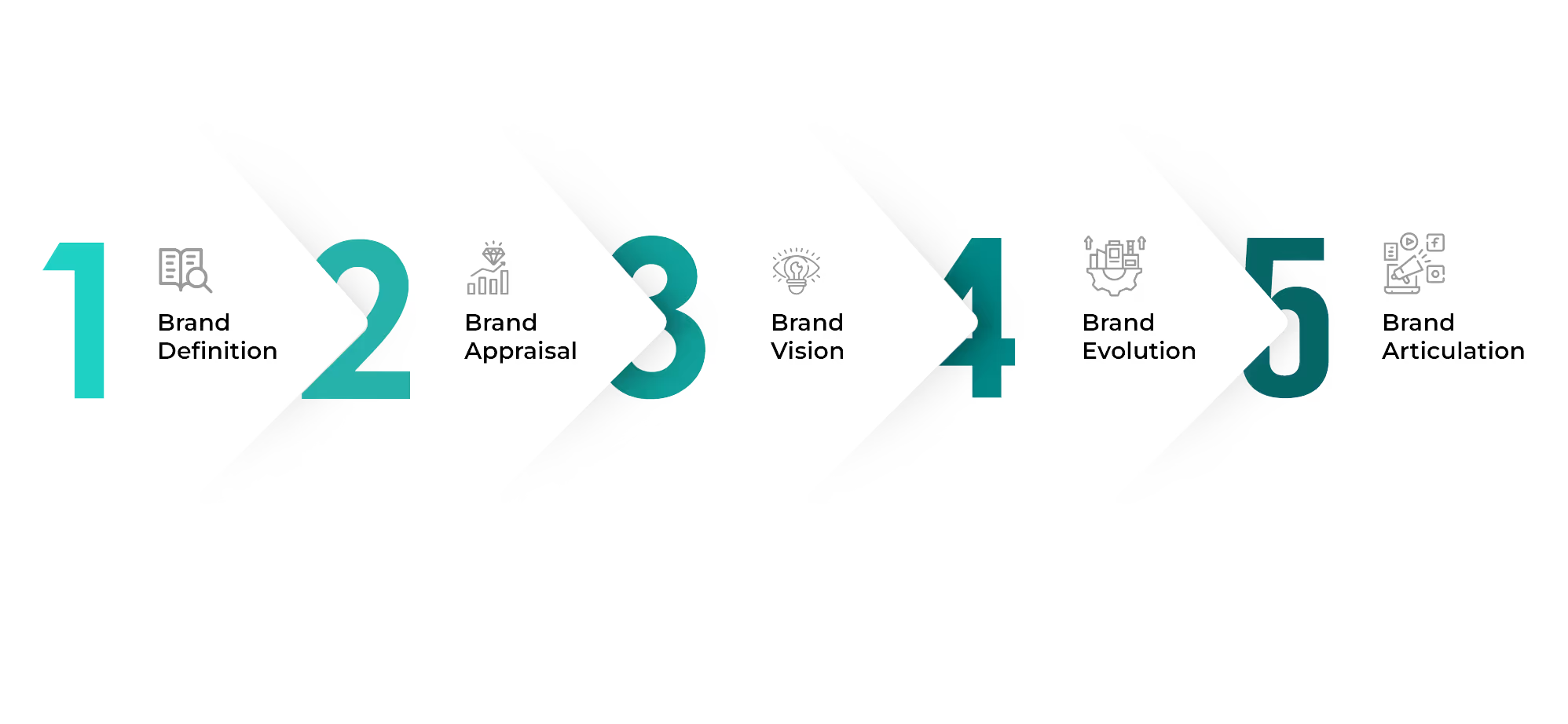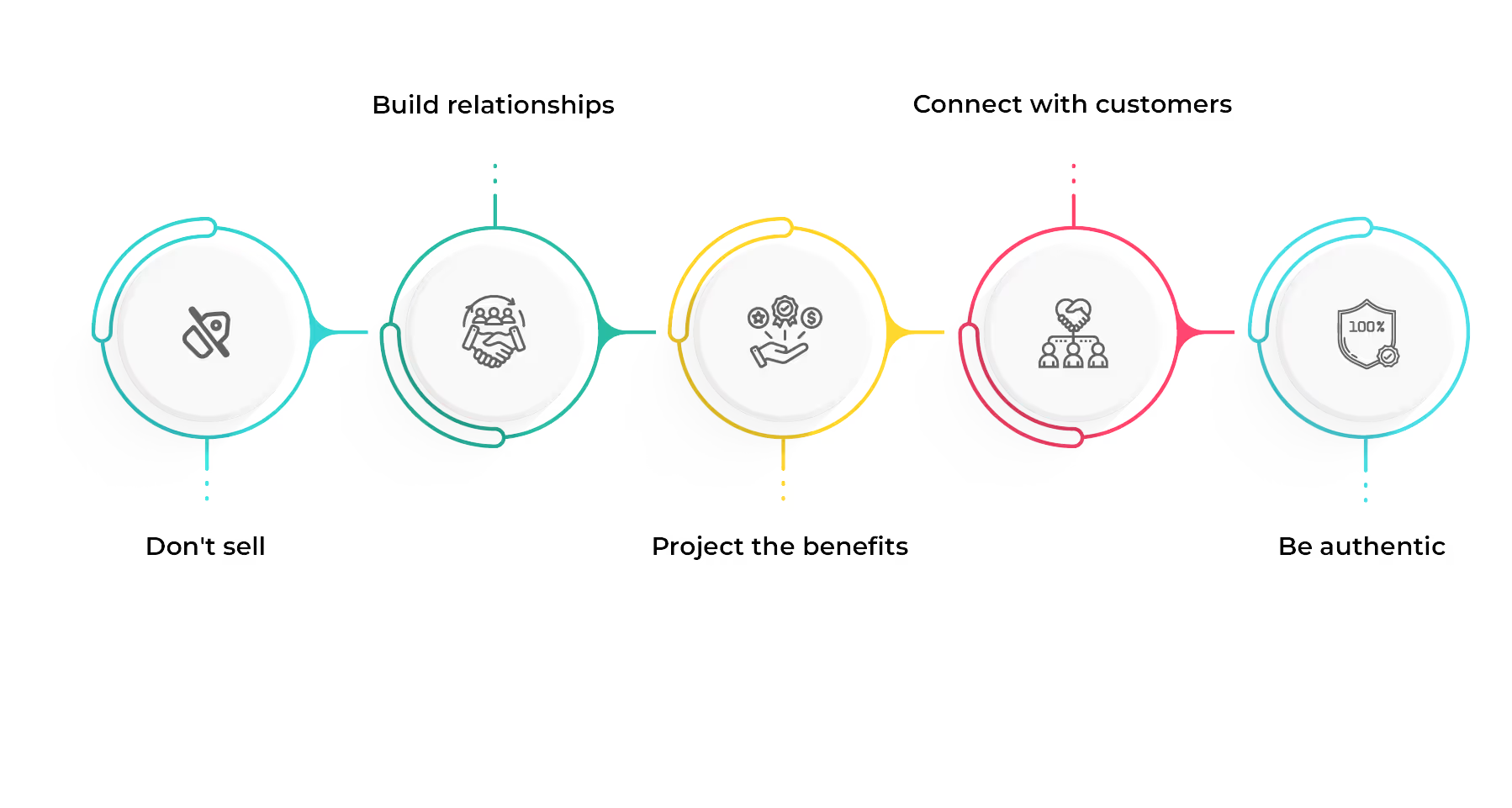
Blog
The Sales Branding Guide from Kennect Will Help You Succeed
September 29, 2023


Key Insights
How do people remember the top brands of the world?
A half-eaten apple reminds you of the top-notch digital appliance brand. A tick sign reminds you of the leading sports brand.
Just by their logos people can easily identify brands like Apple, Nike, Coca-Cola Cola, etc. This is because they are the best examples of successful branding techniques.
Branding is the process where an organization distinguishes itself from its competitors and emerges as an identifiable brand, product, or service.
In this article we explore the psychology behind sales branding, step by step guide to creating a brand, and strategies for sales branding.
So scroll down for more.
The Psychology Behind Sales Branding
The psychology of sales branding is based on three basic principles- rational, emotional, and experiential.
Rational refers to the fundamental purpose the product/ service fulfills. This includes the quantity, price, and availability of the product.
But while marketing a product, companies must ensure that, utilizing sales performance analytics, they do not just cater to the rational level but emotional and experiential level as well. This approach allows for data-driven insights, enabling a more comprehensive understanding of customer engagement and optimizing marketing strategies accordingly.
The emotional level of branding taps the positive emotional connections that using the product will evoke in their target audience. This connection is built through advertisements, the packaging, and the general appearance of the product.
While the experiential level determines the target audience wanting to repeat the product or refer it to a second person. The determining factors of the experiential positioning are quality, service, and any other factor that makes you stand out among your competitors.
Effective marketing ensures that all these three levels of sales rep vs associate strategies are addressed while promoting their product to build a personal connection with the target audience.
For example, the popular soap brands in the market are branded not remembered or bought for their rational purpose of cleaning your body but for the emotional level of enhancing one's beauty, removing 99% bacteria, and ensuring growth or even smell.
Hence, what makes people buy is more often relied on making connections with them than the fundamental purpose it serves.
Crafting Your Sales Brand Identity: A Step-by-Step Guide
The principles of sales branding, strategically incorporating sales positioning, thus prove that the path to improving sales is based on the impact and connection you create on the audience's mind.. Here is a step-by-step guide to crafting your sales brand.

- Brand Definition
Brand definition defines why people must buy your product and your reason for being in the market. For example, in a market filled with various soap products, what is the distinguishing factor that makes people want to buy your product? Having a clear definition of your brand will ensure that people remember you for your uniqueness.
- Brand Appraisal
Brand appraisal is the process of regular evaluation of one's product, the competing product, and the competitors. It involves an in-depth analysis of the market, consumer, the competition as well as the competency of the product. This ensures that your brand stays relevant and a step ahead in the market competition.
- Brand Vision
Brand vision involves building a vision statement for the next 5- 10 years and will act as a roadmap for future progress. Envisioning your plan and building a brand strategy helps companies to have a structured approach to building their brand, executing growth initiatives, etc.
- Brand Evolution
Every brand is born unbranded. It is through consistent ideation, rework, and revamping that a brand reaches its full potential. For example, all popular brands that you know like Nestle, Coca-Cola, etc. have undergone a lot of changes in their logo, product, etc. before they became how they are remembered now.
- Brand Articulation
Brand articulation refers to the way the brand identity is created and how it is communicated to the audience. For example, a courier service has branded itself as providing delivery service within 3 days. When they execute the delivery within three days it creates customer satisfaction. If they are not able to fulfill the brand articulation then it creates dissatisfaction.
Following these branding techniques ensures that companies can build a brand that people can connect with emotionally and soon become a part of their everyday choices. Incorporating sales OKRs into these branding techniques adds a strategic layer, aligning brand-building efforts with specific sales objectives for a more targeted and impactful approach. To explore the latest ways of branding, check 7 Podcasts every rep should listen to level up the game.
To explore the latest ways of branding check 7 Podcasts every rep should listen to level up the game.
Sales Branding Strategies
Branding is a crucial strategy in marketing that defines the way customers perceive your product and company. Hence, there are a few strategies that marketers must keep in mind while sales branding.

- Don't sell
One of the first basic principles of sales is not to sell. When customers are approached with the sole purpose of selling your product/service it just makes them feel as a consumer you are approaching for a sale.
- Build relationships
Sales branding must be rooted in building relationships. Instead of viewing targeted audiences as money-minting machines, they must be approached as people with whom you want to associate. It is this relationship-building that will ensure that the customers stay longer and loyal to the brand.
- Project the benefits
Sales branding must focus on projecting the benefits of using the product. Customers must decide to choose you for the benefits your product/service offers and must feel a sense of lacking when they are not buying your brand.
- Connect with customers
In this era of social media, brands do a lot to connect with their customers by being in constant conversation with their clients, taking their feedback and opinions, and incorporating their demands, including aspects like OTE compensation, to grow their business. When customers feel a part of the brand’s decision making, they feel more closer to the brand.
- Be authentic
People appreciate being authentic. For example, when products deliver their promised benefits or their marketing values align with their actions, it impacts the way your clients perceive you as a brand. Proving your authenticity and integrity as a brand is decisive in improving your sales.
Organizations must put time, effort, and great thought into building their brand and ensure that they have a good relationship with their clients. These steps help create a community of customers who will be there for you in all ups and downs.
For more sales resources to improve your sales, check Boost Your Sales Journey Using These Resources.
Measuring Sales Branding Success
The effectiveness of sales branding strategies, as demonstrated marketing OKR examples, can be easily measured by keeping track of your market statistics, sales numbers, and customer base. A positive increase in all these areas ensures that the marketing strategies have been effective and are yielding results.
But branding is not a one-time process. It is a continuous process where organizations brand and rebrand themselves with the changing market demands, customer demands, product variety, etc.
All big brands have had a long history of evolution where they have tried and failed to finally come to a point where they become synonymous with the product/service they sell. Brands like Apple have grown their customer base by selling quality and labeling themselves as a brand that people wish to own.
To read more about sales, incentive compensation, and sales branding-related topics, follow us at Kennect.
For more information, Book A Demo with us.
ReKennect : Stay ahead of the curve!
Subscribe to our bi-weekly newsletter packed with latest trends and insights on incentives.
Thank you! Your submission has been received!
Oops! Something went wrong while submitting the form.
Your data is in safe hands. Check out our Privacy policy for more info











